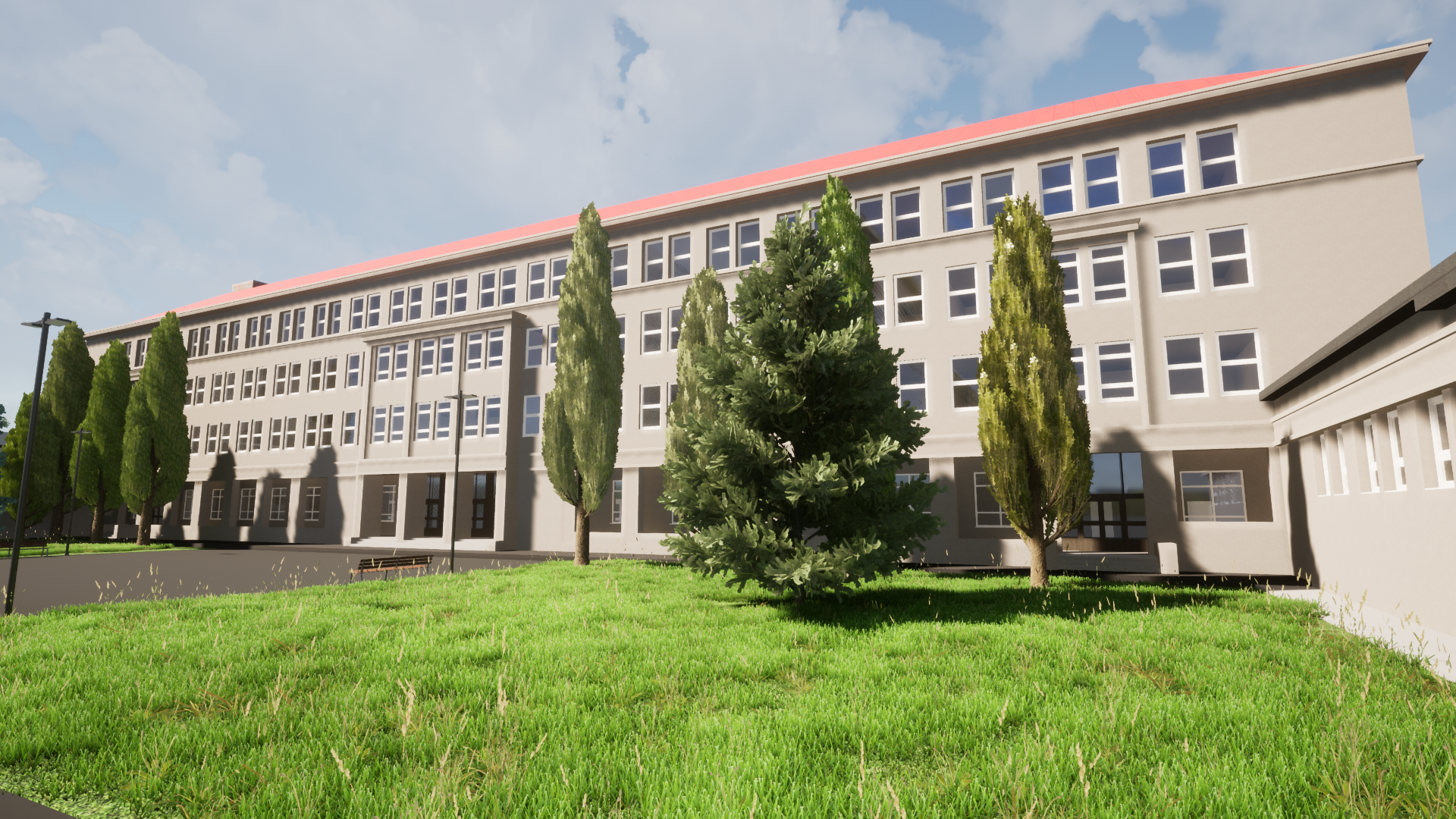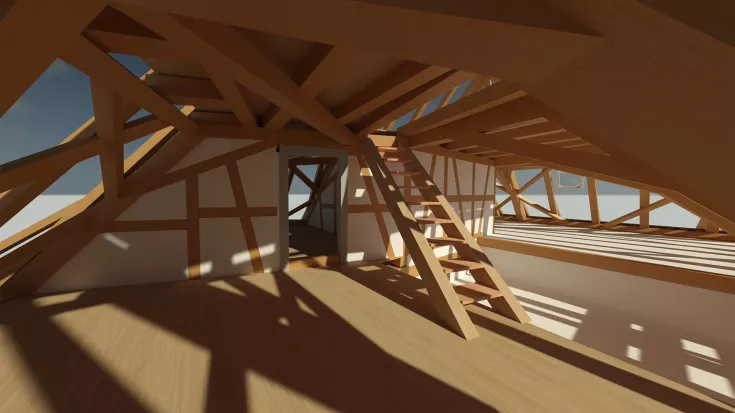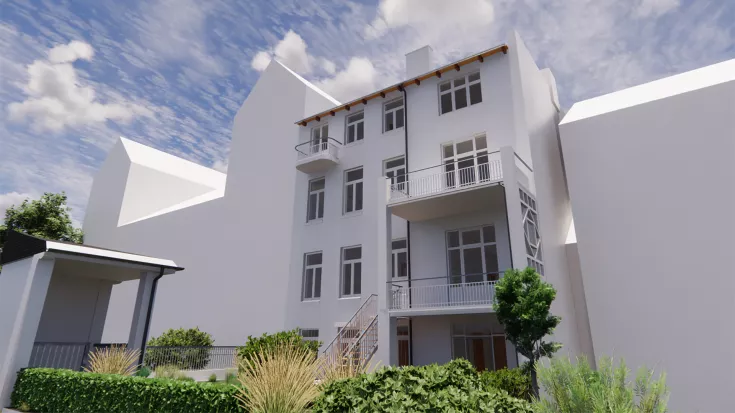Building Information Modeling (BIM)

TitleDigital transformation in construction
Building Information Modeling, or BIM for short, is an innovative method for the digital planning, execution and management of construction projects. It enables the creation of a detailed 3D model that contains all relevant data – from geometry and materials to time and cost data – and can be used by all parties involved.
This interdisciplinary approach optimizes the entire construction process, minimizes planning errors and promotes collaboration between architects, engineers and construction companies. With BIM, you lay the foundation for more efficient, transparent and sustainable construction projects.
TitleAdvantages of BIM: Efficiency, collaboration & sustainability
BIM offers a wide range of benefits that go far beyond pure 3D modeling.
Increased efficiency
Precise digital models optimize construction processes – from planning to execution. This leads to a reduction in construction time and considerable cost savings.
Error reduction
Visualization in 3D allows planning errors to be identified and avoided at an early stage.
Improved collaboration
All project participants work on the same information basis. This reduces communication problems and simplifies collaboration across different disciplines.
Sustainability
BIM enables a precise analysis of the resource consumption and energy efficiency of a building. In this way, you support sustainable construction and optimize the life cycle of a project.
Title3D, 4D, 5D & IFC standard - More than just 3D data
3D BIM
The foundation of every BIM application – precise 3D models that contain all the geometric data of a building.
4D BIM
By integrating schedules, construction processes can be simulated and optimized.
5D- BIM
The linking of cost data with the 3D model enables precise budget planning and cost control.
IFC standard
The Industry Foundation Classes standard ensures that data can be exchanged smoothly between different BIM software solutions, which promotes interoperability and collaboration.
TitleUse of laser scanners for capturing in BIM
Laser scanners play a central role in capturing as-built data for Building Information Modeling (BIM). They enable precise and detailed capturing of buildings, terrain or infrastructure projects in the form of point clouds. This data serves as the basis for creating 3D models that are integrated into BIM processes.
Thanks to the high accuracy of the laser scanners, deviations between plan and reality can be detected at an early stage, which increases the quality of planning and minimizes subsequent adjustments. This makes the digital as-built survey efficient and reliable, saving time and costs.
TitleBIM for construction projects
BIM optimally supports the entire life cycle of a construction project, from planning to execution and management.
BIM is changing the way architects and engineers plan and design. By integrating data into 3D models, architects can implement innovative designs with high precision, while engineers ensure technical feasibility.
Benefits for architects:
- Accurate modelling: Visualizing buildings at different stages of planning facilitates design and decision making.
- Better collaboration: Architects and engineers can coordinate their designs in real time.
TitleEfficient construction with BIM
The execution of a construction project requires perfect coordination between all trades. With BIM, construction companies can seamlessly document and coordinate the entire process. Any problems are identified and rectified during the planning phase, which avoids expensive rework on the construction site.
Advantages for construction companies:
- Time savings: Optimized planning reduces construction times.
- Material savings: BIM helps to plan material consumption better and minimize waste.
TitleBIM in facility management
Even after the completion of a construction project, BIM plays a crucial role in building management. Building models serve as a valuable source of information for maintenance work, renovations and conversions.
Advantages in facility management:
- Long-term data use: All building data is saved centrally and can be used for maintenance and servicing.
- Efficient management: Facility managers have access to all relevant data at all times and can optimize building management.
TitleThe future of construction
Building Information Modeling is more than just a digital planning method – it is the key to efficiency and sustainability in the construction industry. From planning to execution and management – BIM offers clear benefits to all parties involved and ensures successful construction projects.
Summary of the advantages of BIM:
- Precise planning and visualization in 3D
- Efficient collaboration between all project participants
- Cost and time savings thanks to optimized processes
- Sustainable construction thanks to intelligent simulations
- Long-term building management thanks to central data sources
Contact us and find out how BIM can revolutionize your construction project!




